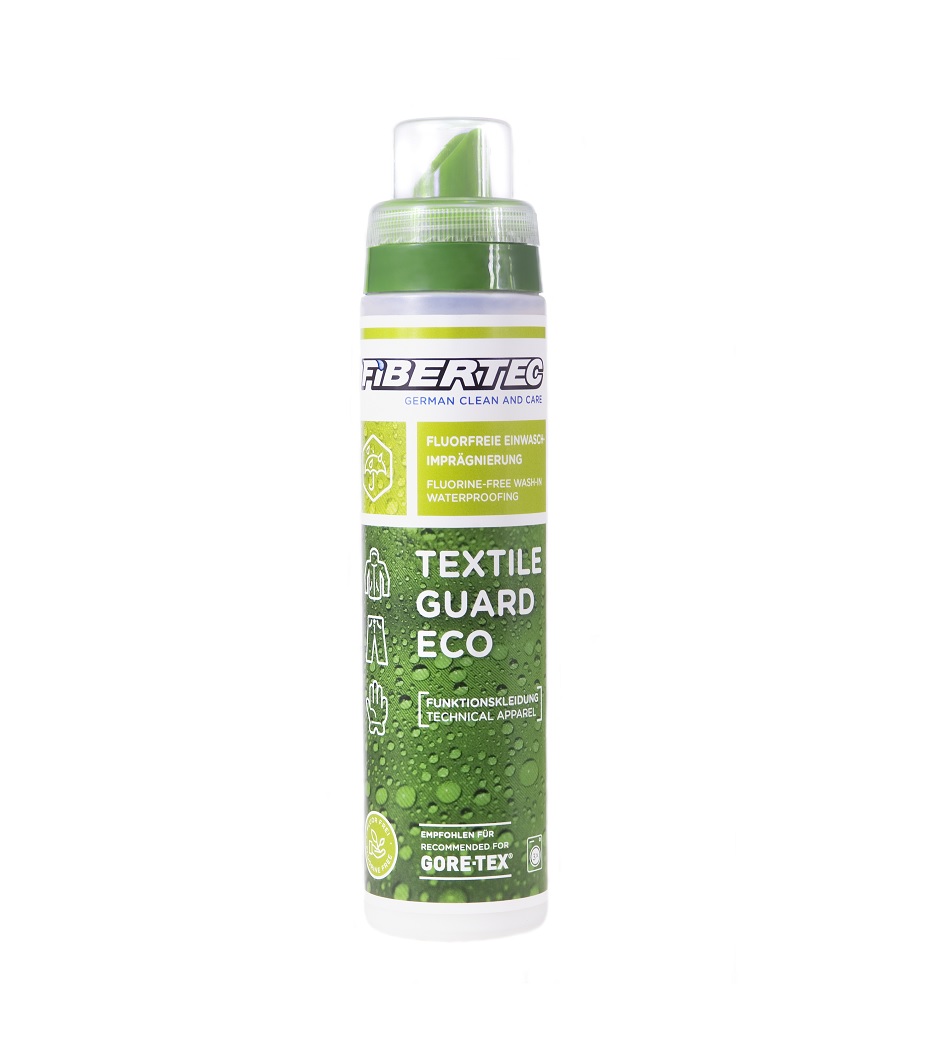
Impregnating detergent for single-wash impregnation
Limited range of application
Wash-in impregnations offer the advantage of being easy to use, but they are not the answer to all questions. 2.5-layer garments have a lining on the inside that prevents impregnation from adhering. 2 and 3-layer textiles have a lining fabric on the inside that is designed to absorb its own moisture to release it to the outside. An impregnating agent cannot distinguish between the inner and outer fabric in the washing machine and impregnates both sides. Thus, more moisture remains in the jacket instead of being transported away. During physical activity, this can quickly become uncomfortable and those who are unsure of the type of clothing should take the precaution of using a spray-on version.
This is what makes our wash-in impregnations so special
In combination with our Pro Wash Eco
you can wash and impregnate in one step. This is easy, saves time and
gives the best result, as our detergents are matched to our
impregnations. The bottles are made entirely of recycled plastics and
are hard to beat in terms of sustainability.
The Textile Guard
Eco Wash-In is a PFC-free and environmentally friendly impregnation that
is 100% biodegradable and highly water repellent.
Our Textile
Guard Pro Wash-In even has an additional oil- and dirt-repellent effect,
maintains its weather-protective impregnation almost twice as long and
meets the highest demands.
All-round protection for your equipment
Impregnations are matched to the corresponding fabric, and if you want to impregnate properly, you should be aware of which material you are dealing with.Shoes made of leather require different components in the formulation than tents made of cotton or clothing made of synthetic fibers.

